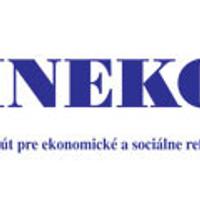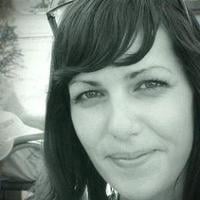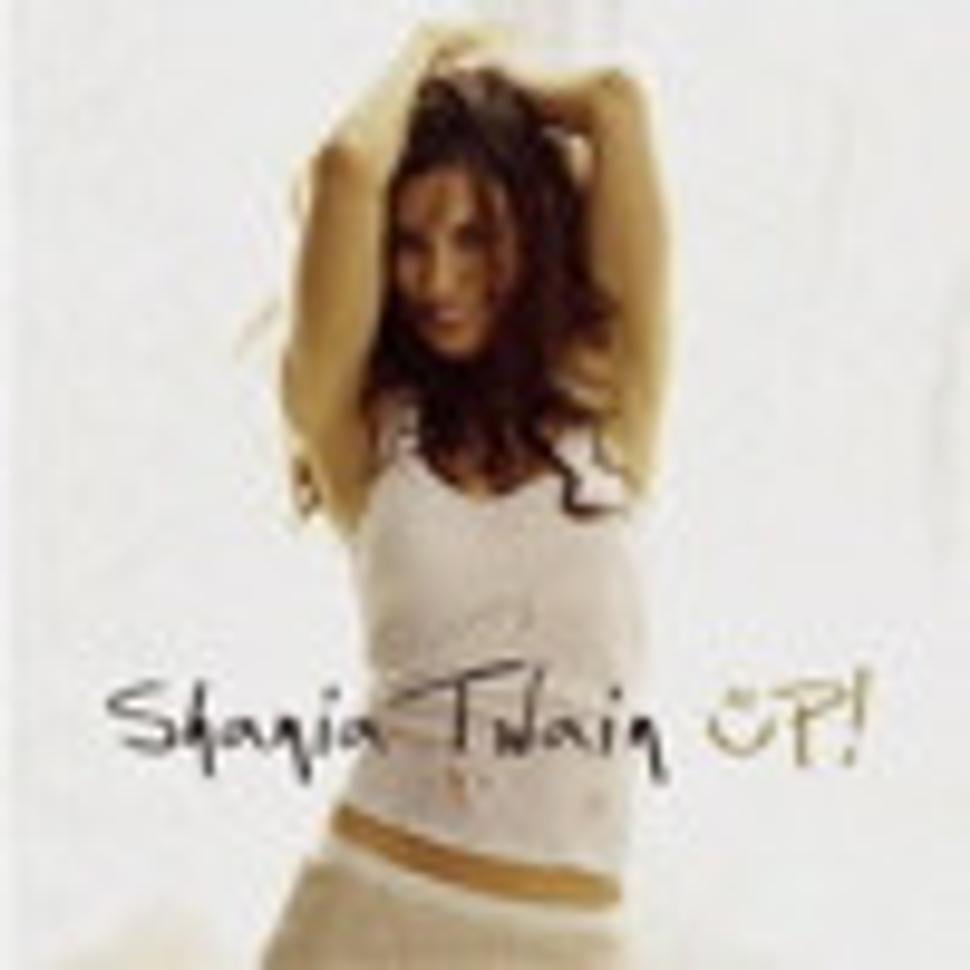
Up! : Shania Twain
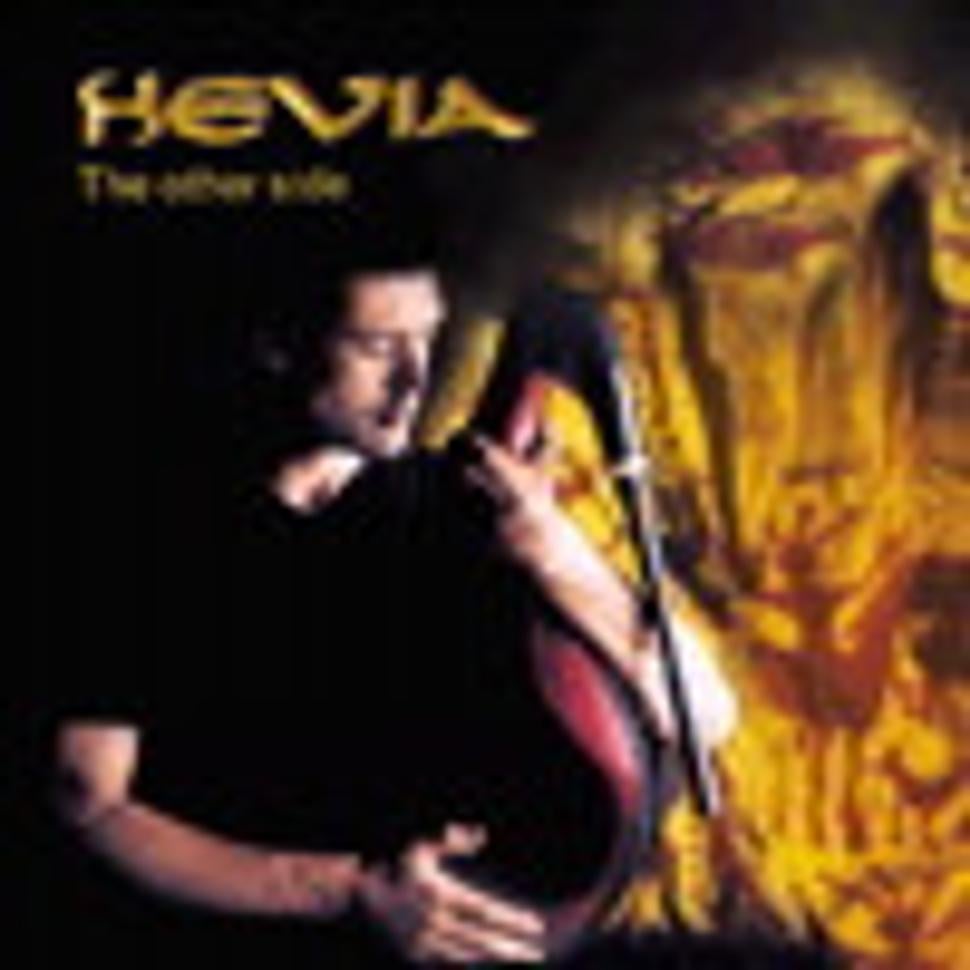
Tanzila : José Ángel Hevia - Hevia je španělský dudák, album "The other side" - Hevia is a Spanishbag-piper, album "The other side"
El Saltón : Hevia - jen třicetisekundové audio demo - 30-seconds-long audiodemo only
Rubiercos : Hevia - jen třicetisekundové audio demo - 30-seconds-long audiodemo only
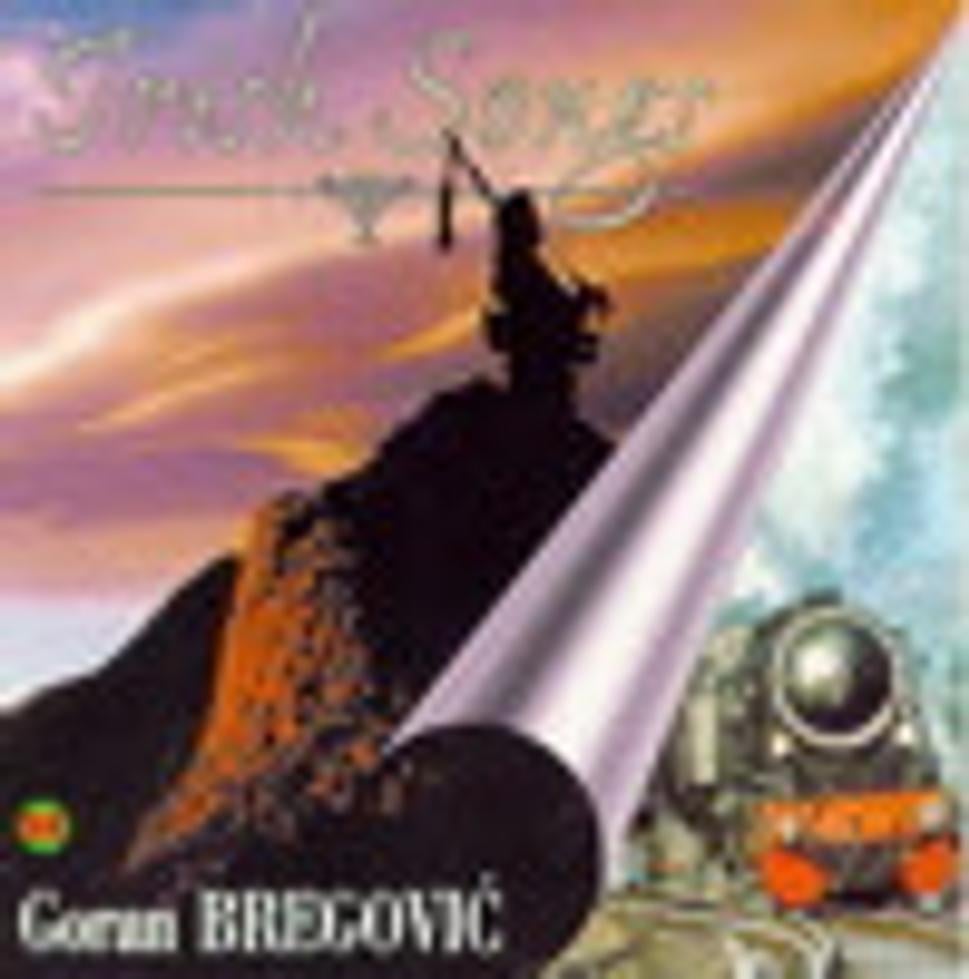
Nelson Mandela's Welcome To Glasgow - video se mi nelíbí, celých osm let, jsem si představoval, že to bude vypadat mnohem lépe. Ale hudba je to krásná. Graduje ke konci. - I don't like the video.I was imagining for the whole eight years that it would have looked muchbetter. However, the music is beautiful. It gradates before the end.
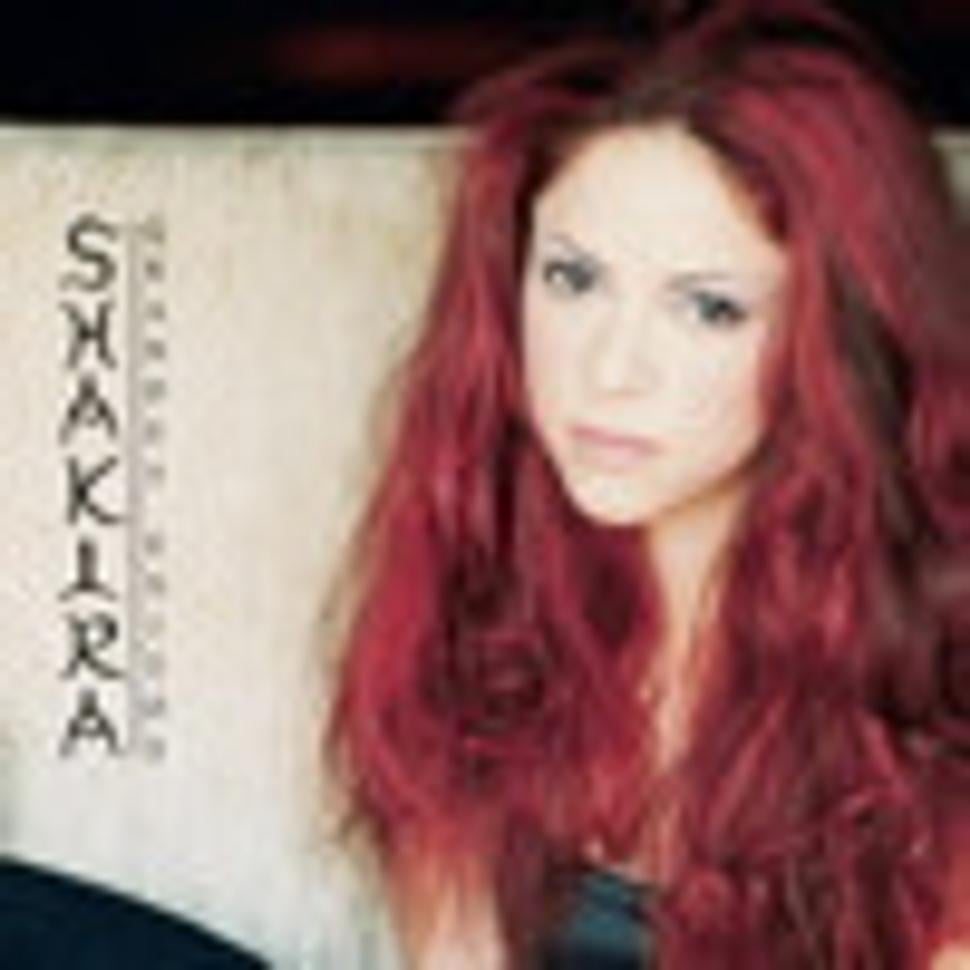
Ojos Así : Shakira
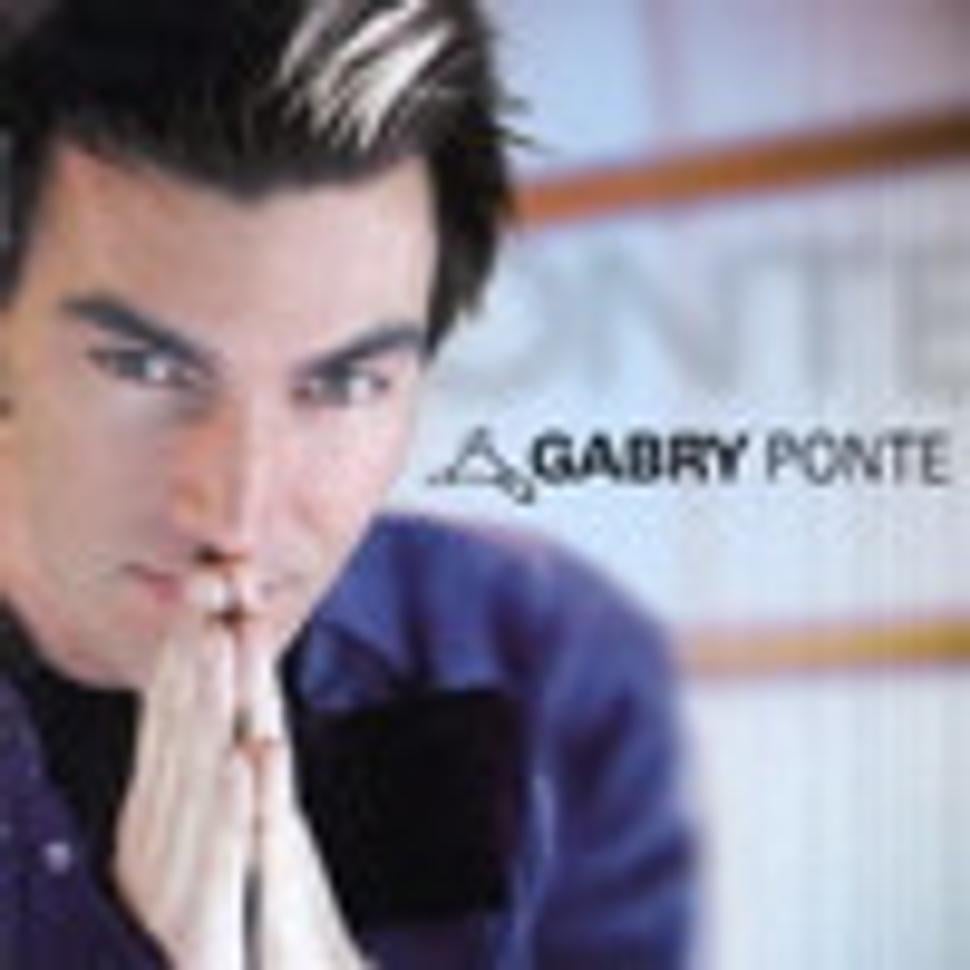
Geordie : Gabry Ponte
Sexy Girl (italian version) : Brothers (album "Big parade 2")
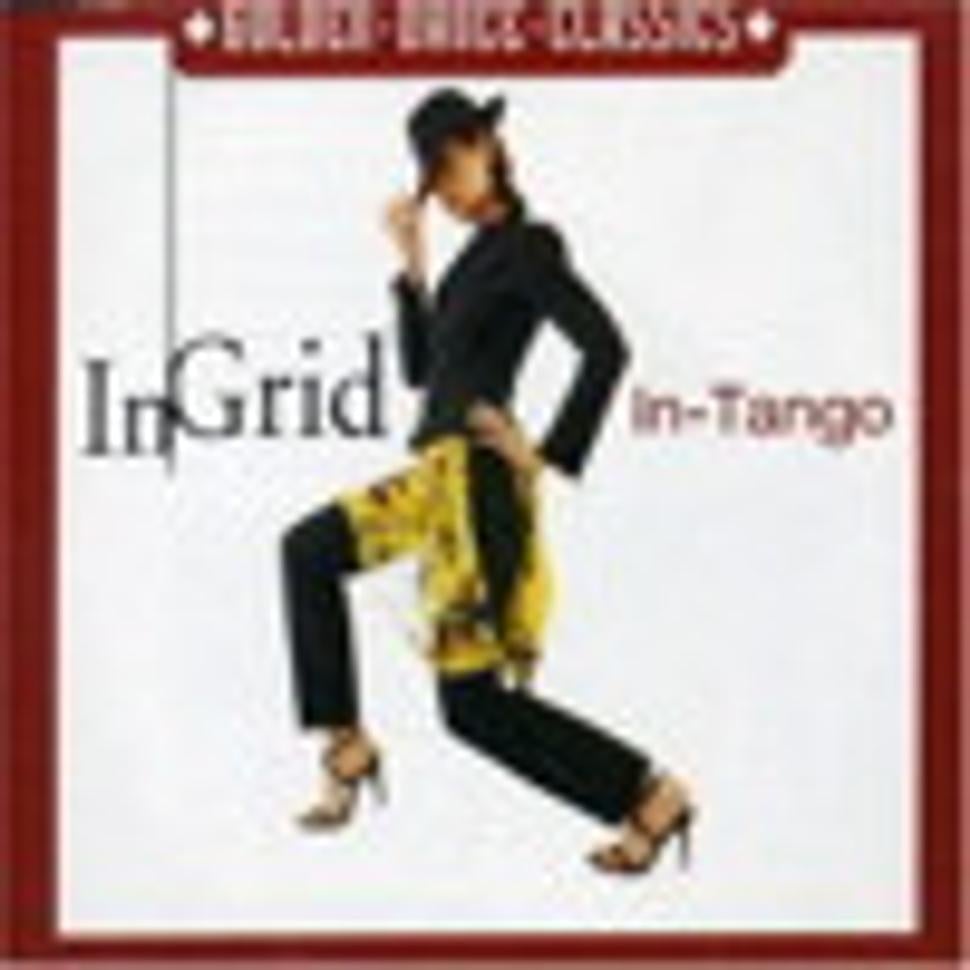
In-Tango : In-Grid
Voglio Vederti Danzare : Prezioso (album "Big parade 2")

Giulia : DJ Lhasa - sexy video! napotřetí zaregistrujete, že na spodku obrazovky běží text songu :), opět album "Big parade 2" - sexy video! When watchingit for the third time, you will notice the text of the song scrolling at thebottom of the screen :) Album "Big parade 2" again.
Best Years of Our Lives : Baha Men
Hung Up : Madonna
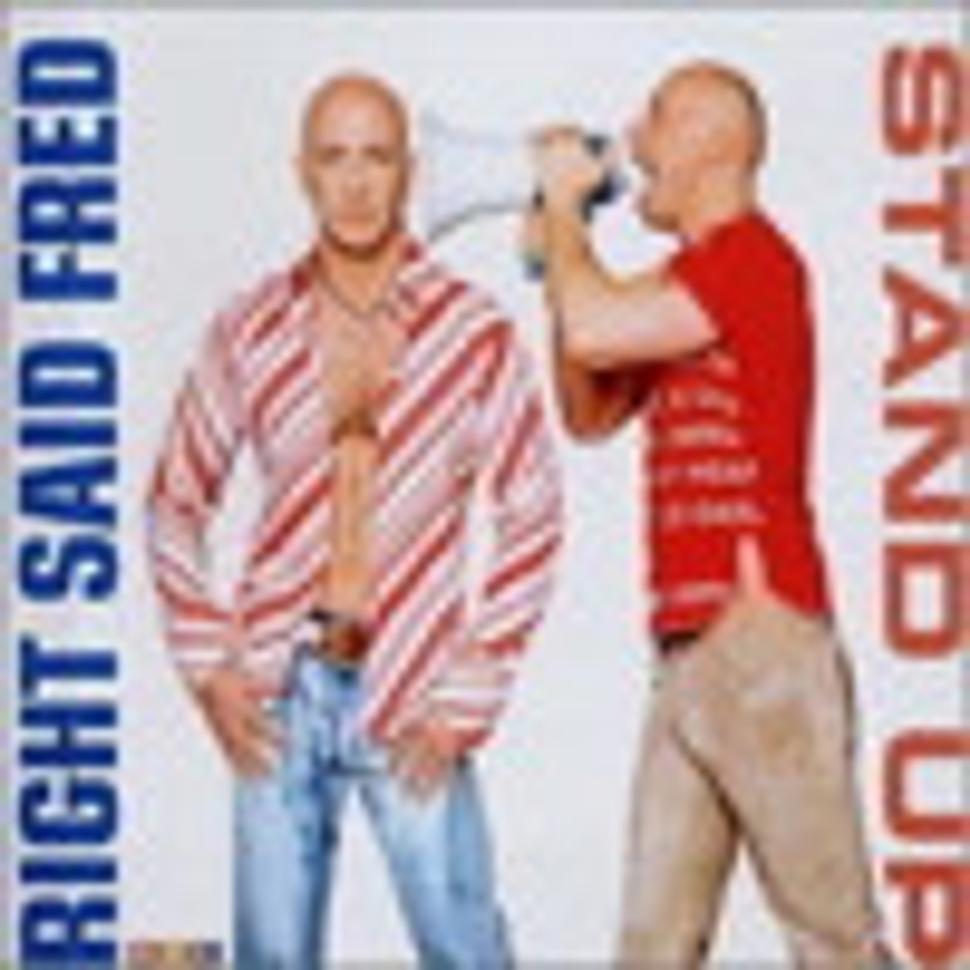
Stand Up (for the champions) : Right Said Fred
I Love You But I Don't Like You : Right Said Fred
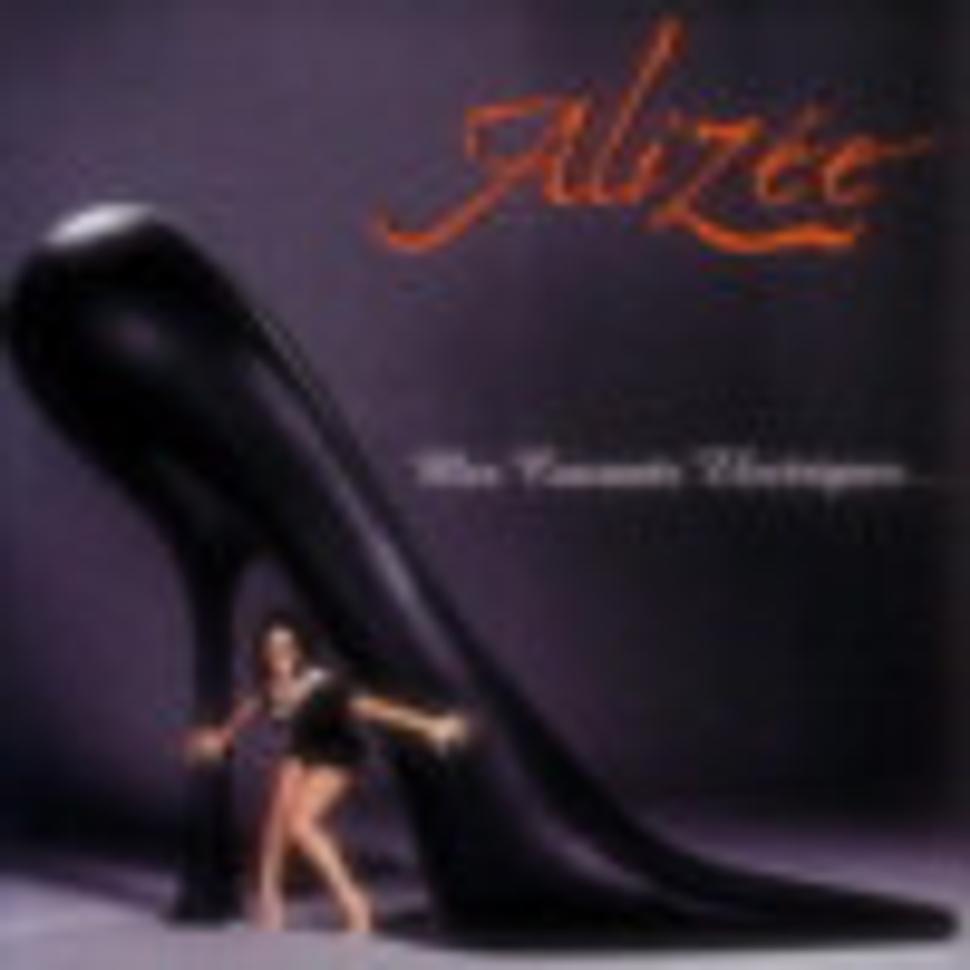
J'en ai marre! : Alizée
J'ai pas vingt ans! : Alizée
Toc de mac : Alizée
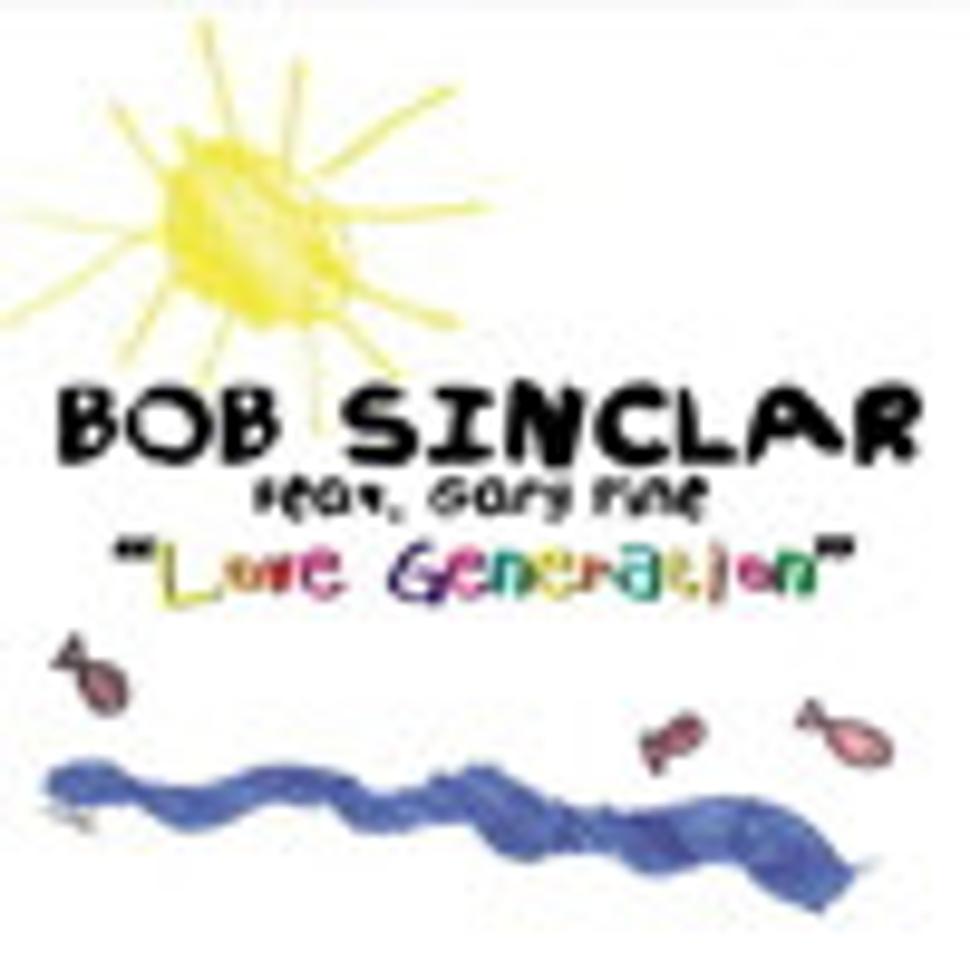
Love Generation : Bob Sinclar
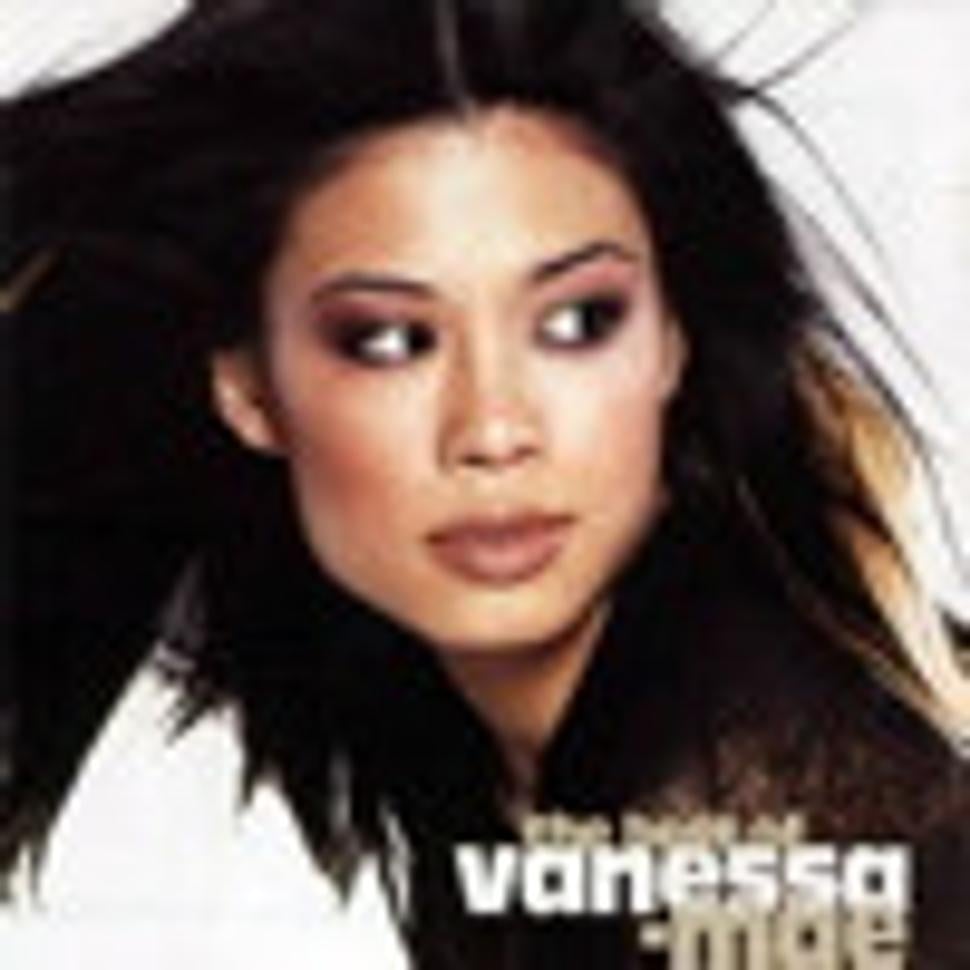
Contradanza : Vanessa Mae
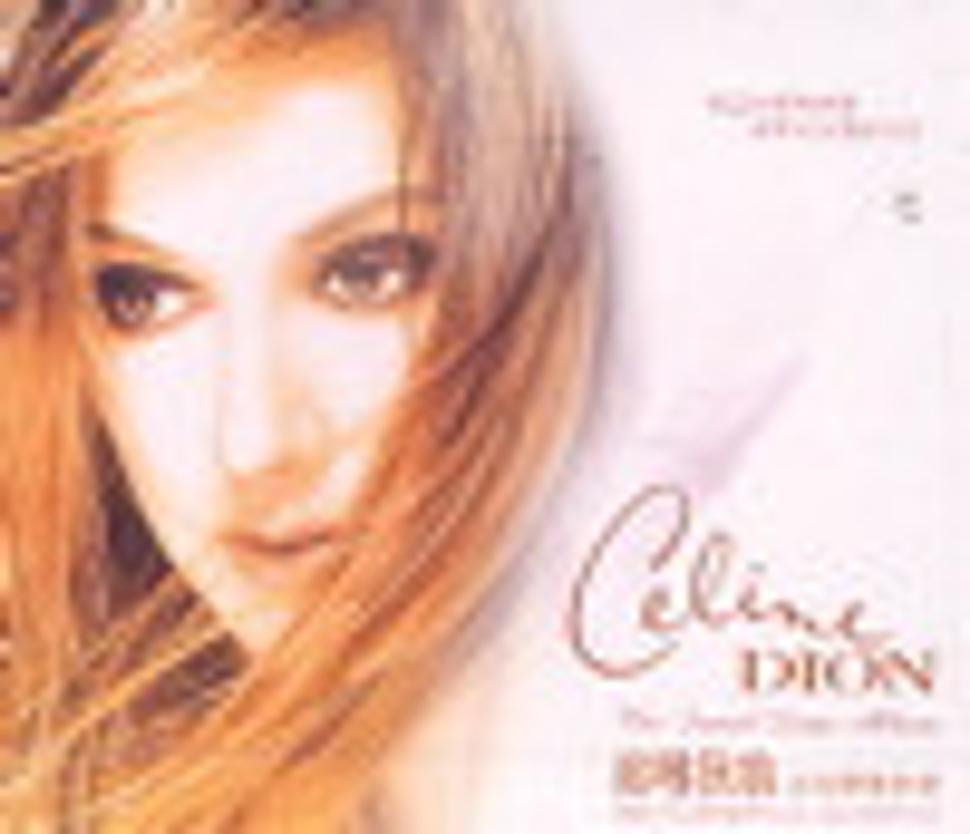
Visa pour les beaux jours : Celine Dion - jen třicet sekund, je to starší záznam, na albumu "The French Love Album" je novější verze - 30 seconds only; this isan older recording, the version on "The French Love Album" is newer
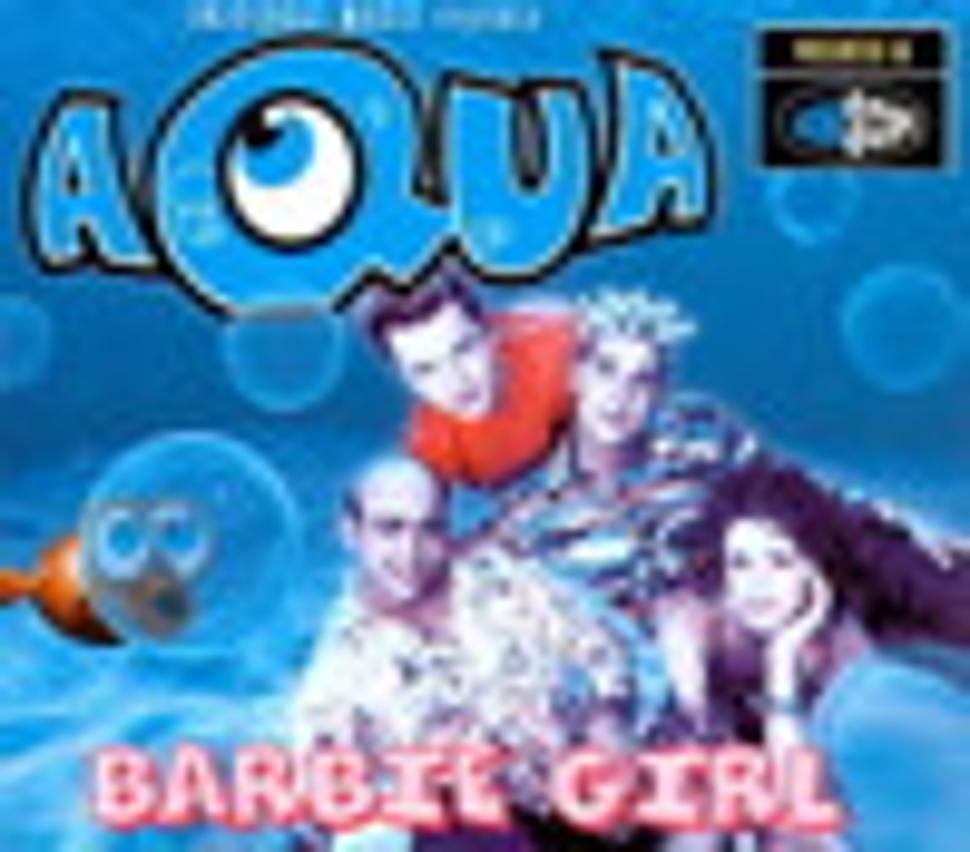
Barbie Girl : Aqua
I Like To Move It : Reel 2 Real
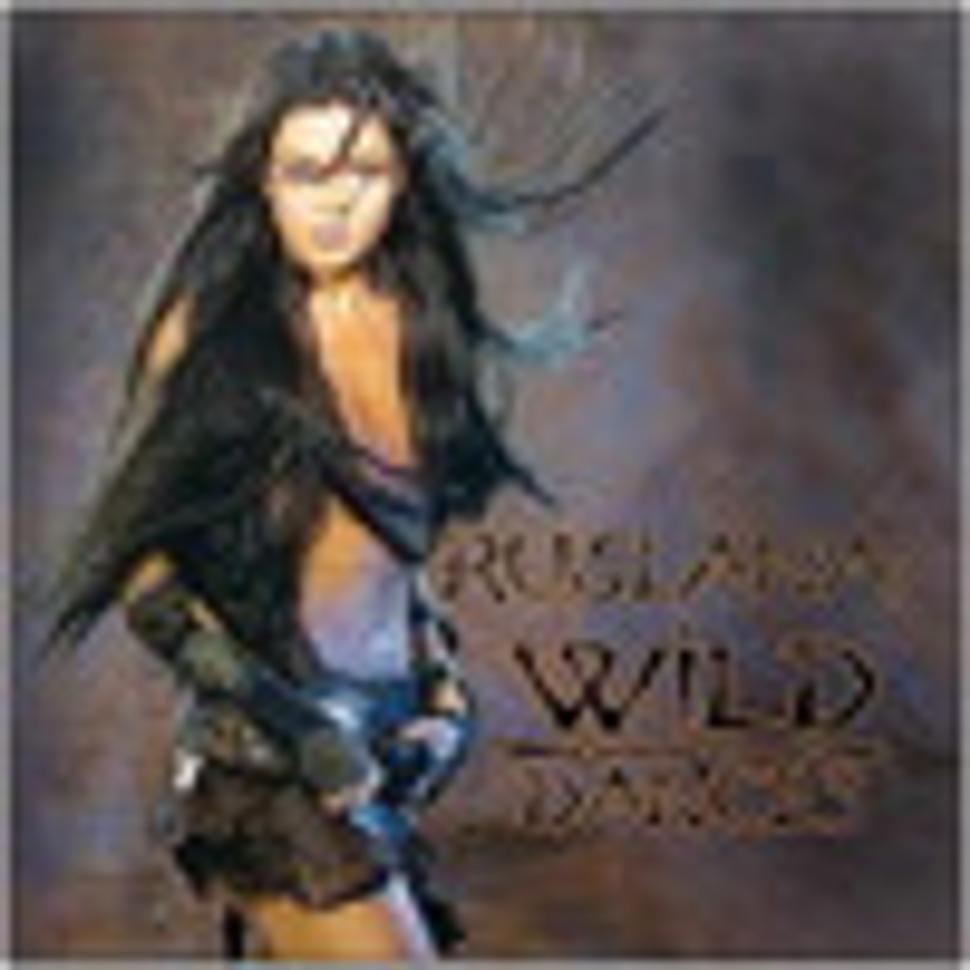
Play For Me Musician : Ruslana
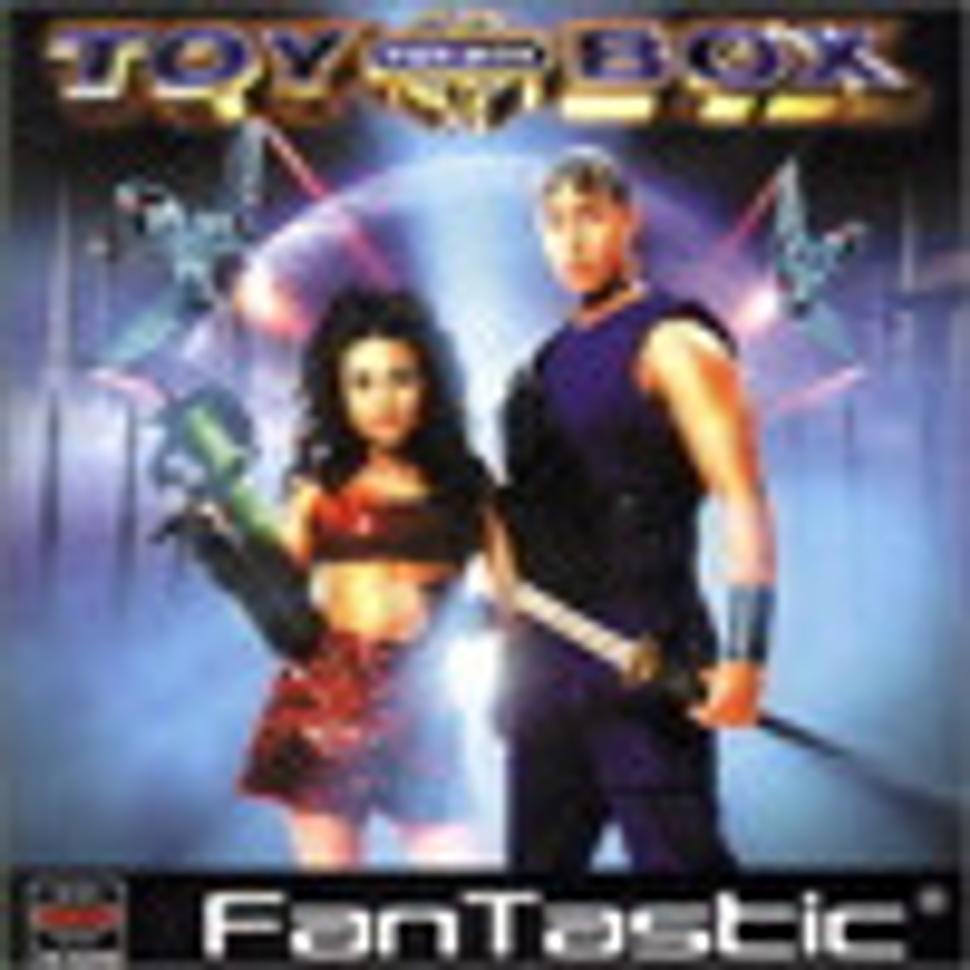
Best Friend : Toy Box
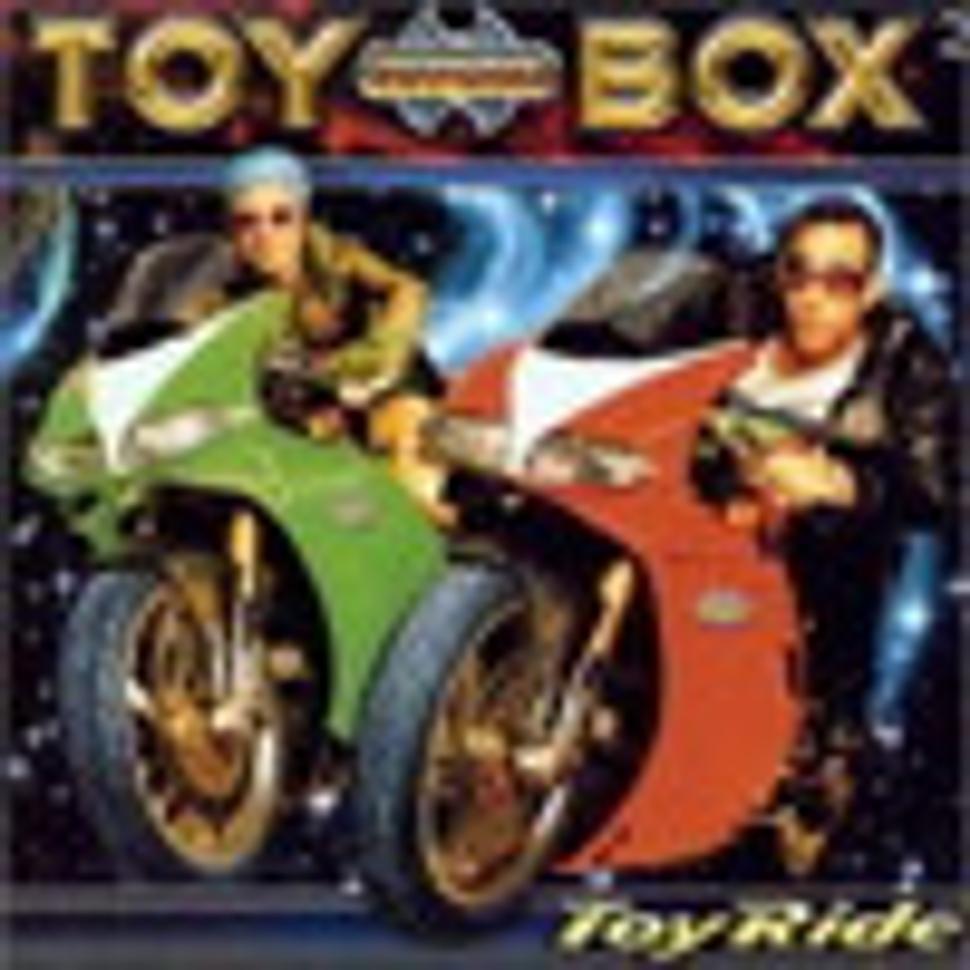
Superstar : Toy Box
Klubový večer (Club-night of) Karolíny SDC Bratislava 6. 2. 2008 I Go!
P.S. Skladby, které v textu nezmiňuji, ale přesto se na ně dá tancovat:
P.S. Tracks that are notmentioned in the text but that can also be danced to:
Cartoon Heroes : Aqua
Cotton Eye Joe : Vanessa Mae
Freaky Friday : Aqua
Kolomyika : Ruslana - pokud chcete něco hodně atypického a v ukrajinštině (na druhou stranu se mi značně líbí netypický zvuk těch jejich "trumpet") - if you want something atypical and in Ukrainian (onthe other hand, I love the untypical sound of those "trumpets")
The Sailor Song : Toy Box
Do angličtiny přeložil, translation to english: Tomáš "Doug" Machalík , Square Dance Coordinator of CSCTA
Jak callerovat soriginální hudbou hoedown
Přibližně na třetinu až polovinuhoedownů používám v současné době originální hudbu. Dělám to protože:
Tato hudba se mi líbí.
Už ze samotné hudby je cítit energie - já tocítím, tanečníci to cítí, mě to pomáhá, dosahuji dobrý výsledek aatmosféru.
Mohu experimentovat a stále hledat novéskladby.
Moderní hudba se tanečníkům líbí.
Callerovat hoedown naoriginální nazpívané skladby je pro callera náročnější než callerovat nastandardní squarové nahrávky. Originální hudba je instrumentálně bohatší (čili,jak pro callera, tak pro tanečníky méně čitelná), ozývá se v ní hlaszpěváka a nebyla vytvářena pro square dance, takže nemusí mít jednoduchý asnadno čitelný rytmus. Přesto se na ni callerovat dá, pokud caller splní tytobody:
Má skladbu „oposlouchanou“ (doslova „až muleze ušima“), cítí její rytmus.
Calleruje velmi rytmicky (VELMI).
Vyslovuje pouze názvy figur, bez zbytečnýchdoprovodných slov.
Calleruje jednoduše (minimálně na začátku).
Nepoužívá originální hudbu při výuce nebotehdy, když stojí před nezkušenými tanečníky (případně, když stojí napódiu s callerem, který toto neovládá).
Pro tanečníky jeoriginální hudba složitější. Náročné kombinace, které bezproblémově zatancovalina „Tempos Tantrum“ od Aussie Tempos pravděpodobně napoprvé zkazí na „Up!“ odShania Twain. Nerytmické callerování budou tanečníci vnímat jako „zvukovýchaos“, znejistí a budou se cítit nekomfortně. Caller musí počítats faktem, že rytmus v originální hudbě není tak „jednoznačný,jednoduchý a čistý“ jako na squarové nahrávce – proto musí tanečníkům pomoci arytmem callerování rytmus nahrávky zdůraznit (a snížit o stupínek náročnostkombinací). Dlouhé figury (jako grand square) mají smysl, aby tanečníci lépepřivykli rytmu hudby.
Pokud tanečníciintenzivně „šlapou“ od začátku až do konce, dosáhnu dobrý efekt. Jakéholipřerušení „taneční vlny“, jakékoli stop & go, bude vnímáno rušivě a celýhoedown může naopak vzbudit negativní pocit tanečníků. Můj osobní trik je dívatse tanečníkům na nohy: pokud vidím na podlaze „les“ rytmicky a nepřetržitěšlapajících nohou, je vysoká pravděpodobnost, že tanečníci budou spokojeni.
Při callerování naoriginální hudbu používám v minimální míře figuru forward & back. Tatofigura narušuje „taneční vlnu“ a dynamiku tance. Řídím se zásadou (a učím jizačínající callery ve svém okolí), ze forward & back má být použita pouzejako oddych pro tanečníky – ne jako oddych pro callera. Pokud chci přicallerování vydechnout, použiji dosado nebo scoot back (z vlny), all eightcirculate, případně některou dlouhou figuru (relay the ducey).
V případě originálníhudby radím: NEZASTAVOVAT! Pokud tanečníci rytmicky „šlapou“, udržujte jev tom! Vysvětlování nechte na další tip! Bez nejmenšího zastavenípokračujte z promenády (a dovedení tanečníků domů) okamžitě dalšíkombinací! Paradoxně tak udělají tanečníci nejméně chyb (nestíhají přemýšlet,nestíhají se dohadovat, nestíhají mluvit). Jakmile tempo zastavím, je třeba vždytrochu času, aby ho tanečníci zase nabrali. Nejlepší efekt je z hoedownu,kde se tanečníci nezastavili od začátku až do konce.
Tempo tance a rytmické„šlapání“ tanečníků osobně považuji za tolik důležité, že pokud tento rytmickýpohyb v sále schází, nepouštím se do kombinací. V extrémníchpřípadech jsem několikrát zavelel jen circle left, v pruběhu circlutanečníkům demonstroval rytmus a navigoval je, že pokud se v tomto rytmubudou hýbat, půjde jim tanec snadněji. Vždy to fungovalo J.
Samostatnou kapitolou jehlas zpěváka, který se v hudbě ozývá. Mohli bychom si říci, že callerovinebude rozumět. Na druhé straně cueři používají nazpívanou hudbu běžně aroundovým tanečníkům to zjevně nevadí. Pokud se v hudbě ozývá výraznýzpěv, snažím se s povely trefovat do pauz, které má zpěvák mezi slovy.Dávám pozor, abych nenasazoval začátky figur na začátky slov v textupísně. Místo „square thru four hands you go“ použiji jen „square thru four“.Necalleruji figury s předstihem.
Používat originální hudbujsem začal přibližně před osmi lety. Prvními skladbami byla „Tanzila“ od JoséÁngel Hevia (z jeho instrumentálního alba „The other side“ se dají ještě použít„El Saltón“, „Rubiercos“, jsou však rytmicky náročnější). Skladbu „El Saltón“dodnes miluji a dokáže mi okamžitě dodat energii – problém však byl, že jsem předosmi lety ještě nedokázal natolik rytmicky callerovat, aby byl tanec komfortní.Další originální skladba, kterou jsem používal, byla například „NelsonMandela's Welcome To Glasgow“.
Po dvou letech jsem začals originální hudbou víc experimentovat. Úspěch měla překvapivě „Ojos Así“od Shakiry (přestože je to velmi moderní hudba a část textu jev arabštině, líbí se všem, včetně sedmdesátiletých tanečníků - stále sivybavuji, jak do ní tanečníci v Karolíně s nadšením doslova„dupali“). Skoušel jsem „Geordie“ od Gabry Ponte (někomu se líbí, někomu ne),koupil jsem si album v Itálii nejčastěji DJ používaných skladeb „Bigparade 2“. Z tohoto alba jepoužitelných několik skladeb, určitě „Sexy Girl (italian version)“, „In-Tango“,„Voglio Vederti Danzare“ (pozor: rychlé), tento týden jsem na klubu ve Vídnipoužil s velkým úspěchem „Giulia“ od DJ Lhasa. Někteří z mýchtanečníků takovéto diskotékové věci věci milují, nelíbí se však všem (pokudstojí ve čtverylce například Robert, budu toto používat minimálně).
Dál jsem používal „HungUp“ – Madonna, „Up!“ – Shania Twain, „Stand Up (for the champions)“ – RightSaid Fred. Když jsem Jiřímu „Slamákovi“ Slabému ukázal skladby „J'en ai marre!“– Alizée a „Love Generation“ – Bob Sinclar, velmi rychle je začal také používat(na některých specialech dokonce dřív než já).
Používání originálníhudby je vždy o experimentování. Nikdy dopředu nevíte, jak to dopadne. Některáalba koupíte, abyste zjistili, že to byla trefa vedle, některá koupíte kvůlijedné písni, abyste zjistili, že pro hoedown nakonec vyhovuje jiná. Například 2CDShrek jsem původně koupil kvůli titulní písni, abych nakonec zjistil, že jepoužitelná nenápadná skladba "Best Years of Our Lives". Na albu Alizée „Mes Courants Eletriques“ měkromě výše zmíněné „J'en ai marre!“ a další skladby „J'ai pas vingt ans!“zaujala ještě „Toc de mac“ (patří mezi skladby, které nezaujmou rychle, alečasem nakonec rezonují v uších). Album „The best of Vanessa Mae“ jsemkoupil kvůli hitu „Destiny“, ale nakonec víc používám skladbu „Contradanza“(pozor: rychlé). Na albumu „Stand Up“ skupiny Right Said Fred jsem objevil song„I Love You But I Don't Like You“ – který je pro hoedown rytmicky i hudebněoptimální. V tuto chvíli skouším callerovat na „Visa pour les beaux jours“od Celine Dion (album „The French Love Album“).
Rád používám skladbyněčím „ujeté“. Všeobecně má u tanečníků úspěch „Barbie Girl“ od Aqua. Pokudchci zaujmout děti a odhaduji, že to dospělí tanečníci přežijí, pustím „I LikeTo Move It“ (známé z filmu „Madagascar“ - děti, které se do té dobyv sále nudily, přijdou k pódiu a poslouchají – načež často vyžadujípustit to znova). Občas použiju „Play For Me Musician“ od Ruslany (ukrajinskázpěvačka, album „Wild Dancers“). Aktuálně jsem sehnal dvě CD se skladbamidánské skupiny Toy Box, dnes (13. 2. 2008) jsem na „Best Friend“ a „Superstar“ callerovalna klubu v Bratislavě (i přípravce). Obě skladby jsou pekelně rychlé, alebyla to zábava.
Jsou calleři, kteří simyslí, že aby se originální hudba dala použít pro hoedown, je třeba ji upravit(prodloužit, odstranit zpěv, atd.). Věřím, že to není nutné. Mnohem časově (ifinančně) jednodušší je vybrat si přesně ty skladby, které žádnou úpravunepotřebují. Současná technika umožňuje pracovat s hudbou bez jakýchkoliúprav. Pro callery callerující z MD Playeru je snadné přímo na pódiunavolit aktuální circulaci hudby pomocí tlačítek A a B na dálkovém ovladači.Calleři používající notebook to mají ještě jednodušší (osobně používám jak MDPlayer, tak notebook). Myslím, že bych neměl chtít originální hudbu upravovat. Pokudmám být moderním callerem v moderním světě, musím změnit svůj stylcallerování tak, aby byla originální hudba použitelná.
Na závěr odpověď naotázku, jak dlouhé tipy dělat s originální hudbou. U standardně dlouhýchskladeb (3-4 minuty) doporučuji jedno až dvě „otočení skladby“. Jedno otočení znamenás vysokou pravděpodobností bouřlivý potlesk, na druhé straně techničtějizaměření tanečníci mohou mít pocit, že toho bylo málo. Víc než dvě otočení zasetanečníky vyčerpávají (hluk originální hudby je „koncentrovanější“ než hlukklasické squarové hudby a rychleji unavuje). Osobně volím jeden a půl otočenínebo dvě.
Na blogu www.scobak.blog.sme.sk se nachází příspěvek „Originalmusic“ s linkami na videoklipy téměř všech skladeb zmíněných v textu. Hledaljsem přesně ty zvukové verze, které používám.
Držím vám palce přicallerování na originální hudbu.
Jirka Ščobák, ABC Records
How to Call a Hoe-Down with Original Music
Currently, I use original (i.e. non-SquareDance) music for about one third to one half of my hoe-downs. My reasons are asfollows:
I like this music.
The music itself has a feel of energy – I feel it, dancers feelit, and it helps me achieve good results and atmosphere.
I can experiment and look for new music all the time.
Modern music appeals to dancers.
For the caller, it is harder to call ahoe-down using original music with vocals than to call using standard SquareDance music. The original music is richer in instrumentation (which means it isless legible for the caller as well as for dancers), it contains the voice ofthe singer, and it was not designed for Square Dance, so the beat is notnecessarily simple and easily recognizable. Despite that, it can be used forcalling, if the caller follows the following assumptions:
He has listened to the music so much that he knows it perfectly(he is literally fed up with it) and he can feel its beat.
His calling is rhythmical and it supports the beat very much(VERY MUCH).
He cues just the names of calls without superfluous fillerwords.
He calls simply (at least at the beginning).
He does not use original music for teaching or when calling forinexperienced dancers (or when he shares the stage with a caller who hasnot mastered this skill).
For dancers, the original music is morecomplex. They will probably fail with harder combinations that they dancedwithout problems to "Tempos Tantrum" from Aussie Tempos when dancingto "Up!" by Shania Twain. Dancers will perceive the calling that isnot rhythmical and does not support the beat as "sound chaos", theywill lose their confidence and will not feel comfortable. The caller must beaware of the fact that the beat in the original music is not as "straightforward,simple and clear" as in Square Dance music – so he has to help the dancersand to reinforce the beat in the music with the rhythm of his calling (and tolower the complexity of combinations a little). Long calls (like Grand Square)have sense because they let the dancers get better accustomed to the beat ofthe music.
If the dancers walk to the beat intenselyfrom the beginning till the end, I achieve a good effect. Any interrupt of the "dancewave", any stop & go will be perceived as disturbing and the wholehoe-down can result in negative feelings of dancers. My personal trick is towatch the dancers' feet: if I see a "forest" of non-stop-walking feetfollowing the beat on the floor, the chance of satisfying the dancers is quitehigh.
I use Forward & Back as little aspossible when calling with original music. This call disturbs the "dancewave" and the dynamics of the dance. I follow the rule (and I teachbeginner callers I know to follow it, too) that Forward & Back is to beused only to give the dancers a little rest – not as a rest for the caller. IfI want to rest a little when calling, I use Dosado or Scoot Back (from a wave),All Eight Circulate, or some long call (Relay the Deucey).
In the case of original music, I recommend:DO NOT STOP! If the dancers walk to the beat, keep them doing so! Leave theexplanations for the next tip! Without any stopping, follow the Promenade (andthe resolution) immediately with another combination! Paradoxically, the dancersdo minimum mistakes that way (they do not have time to think, to argue, totalk). As soon as I break the pace, there is always some time necessary toestablish it again. Hoe-downs that do not let dancers stop from the beginningtill the end have the best effect.
I consider the pace of the dance andwalking to the beat so important that if this movement is missing in the dancehall, I do not go into combinations. In extreme cases, I just said "CircleLeft", demonstrated the beat to the dancers during that call and navigatedthem that if they followed that beat, the dance would be easier for them. Itworked each time J.
A special chapter is the voice of thesinger that is heard together with the music. We could think that the callercannot be understood. On the other hand, Round Dance cuers use music withvocals routinely, and round dancers obviously do not mind. If the voice is ratherpronounced in the music, I try to put my calls into the breaks between thewords of the singer. I pay attention not to time the beginnings of the callswith beginnings of the words of the song. Instead of "square thru fourhands you go", I say just "square thru four". I do not givecalls in advance.
I started to use original music about eightyears ago. My first pieces of music were "Tanzila" by José ÁngelHevia ("El Saltón" and "Rubiercos" from his instrumentalalbum "The Other Side" can be used, too, but they have more complexbeat). I have been loving the "El Saltón" track all the time and itcan recharge my energy in an instant – however, the problem was that I was notable to put enough beat into my calling to make the dancing comfortable eightyears ago. Another original song I was using was, for example, "NelsonMandela's Welcome to Glasgow".
After two years, I started to experimentmore with original music. Surprisingly, "Ojos Así" by Shakira wasquite successful (although it is very modern music and the lyrics are partly inArabic, it appeals to everybody including seventy-years-old dancers – I stillrecall the dancers in Karolína literally "stomping" with zest to it).I tried to use "Geordie" by Gabry Ponte (some people like it, some donot), I bought the album "Big Parade 2" containing tracks used by DJsin Italia most often. Several tracks from this album can be used – "SexyGirl (Italian version)", "In-Tango" and "Voglio VedertiDanzare" (beware, it is fast) for sure; I used "Giulia" by DJLhasa with great success at the club-night in Vienna this week. Some of mydancers love this kind of disco music but it is not appreciated by all (if Isee for example Robert in a square, I will use this music in minimum extent).
I have been also using "Hung Up"by Madonna, "Up!" by Shania Twain, "Stand Up (for the champions)"by Right Said Fred. When I presented the tracks "J'en ai marre!" by Alizée and "LoveGeneration" by Bob Sinclar to Jiří "Slamák" Slabý, he started touse them very quickly, too (even sooner than me at some special dances).
Using original music always involvesexperimenting. You never know how it will turn out. You buy some albums just tofind out it was a miss, you buy some others because of one track and you findout that another track is suitable for a hoe-down eventually. For example, Ibought the Shrek 2CD because of the title song to find out that I can use anunobtrusive track "Best Years ofOur Lives" eventually. Apart from "J'en aimarre!" mentioned above and "J'ai pas vingt ans!", the "Tocde mac" track (one of those that do not absorb one in an instant butresonate in one's ears eventually) from the "Mes Courants Eletriques"album by Alizée appealed to me as well. I bought the album "The Best ofVanessa Mae" because of the "Destiny" hit but I am using the "Contradanza"track (beware, it is fast) finally. I found the "I Love You But I Don'tLike You" song on the "Stand Up" album by the Right Said Fredgroup – it is optimum for a hoe-down from the beat as well as musical point ofview. Right now, I am trying to call to "Visa pour les beaux jours"by Celine Dion (from "The French Love Album").
I like to use songs that are "crazy"somehow. In general, dancers like "Barbie Girl" by Aqua. If I want toappeal to children and the adults seem to be able to survive it, I play "ILike To Move It" (known from the "Madagascar" movie – thechildren who were bored in the hall until now will come close to the stage tolisten – and they often ask to play the song again). I sometimes use "PlayFor Me Musician" by Ruslana (Ukrainian female singer, album "WildDancers"). I was able to get two CDs with tracks by the Danish group ToyBox; I called to "Best Friend" and "Superstar" for the club(and the class) in Bratislava today (February 13, 2008). Both tracks are deadlyfast but it was fun.
There are callers who think that in orderto use original music for a hoe-down, it must be edited (made longer, have vocalsremoved etc.). I believe this is not necessary. From the time (and finance)point of view, it is much easier to choose exactly those tracks that do notneed any editing. Current technologies allow using music without any editing.Callers using an MD player can easily loop the music directly on the stage bypressing the A and B buttons on the remote control. For callers using anotebook, it is even simpler (I personally use an MD player as well as anotebook). I think I should not want to edit the original music. If I am to bea modern caller in a modern world, I must change my calling style to be able touse original music.
At the conclusion, let me answer a questionof length of tips with original music. With track of standard length (3 to 4minutes), I recommend to loop it once or twice. One loop means an excitedapplause most probably but the more-technically-oriented dancers may feel thatthey did not get enough. On the other hand, more than two loops are exhaustingfor the dancers (the sound of original music is "more concentrated"than the sound of classical Square Dance music and it brings tiredness faster).I personally use one and a half or two loops.
I published a post named "OriginalMusic, 13. februara 2008" containing links to video-clips of almost all tracks mentioned in this text in myblog at http://scobak.blog.sme.sk. I was looking for exactly the same versionsthat I use.
I keep my fingers crossed for you withcalling to original music.
Jirka Ščobák, ABC Records



